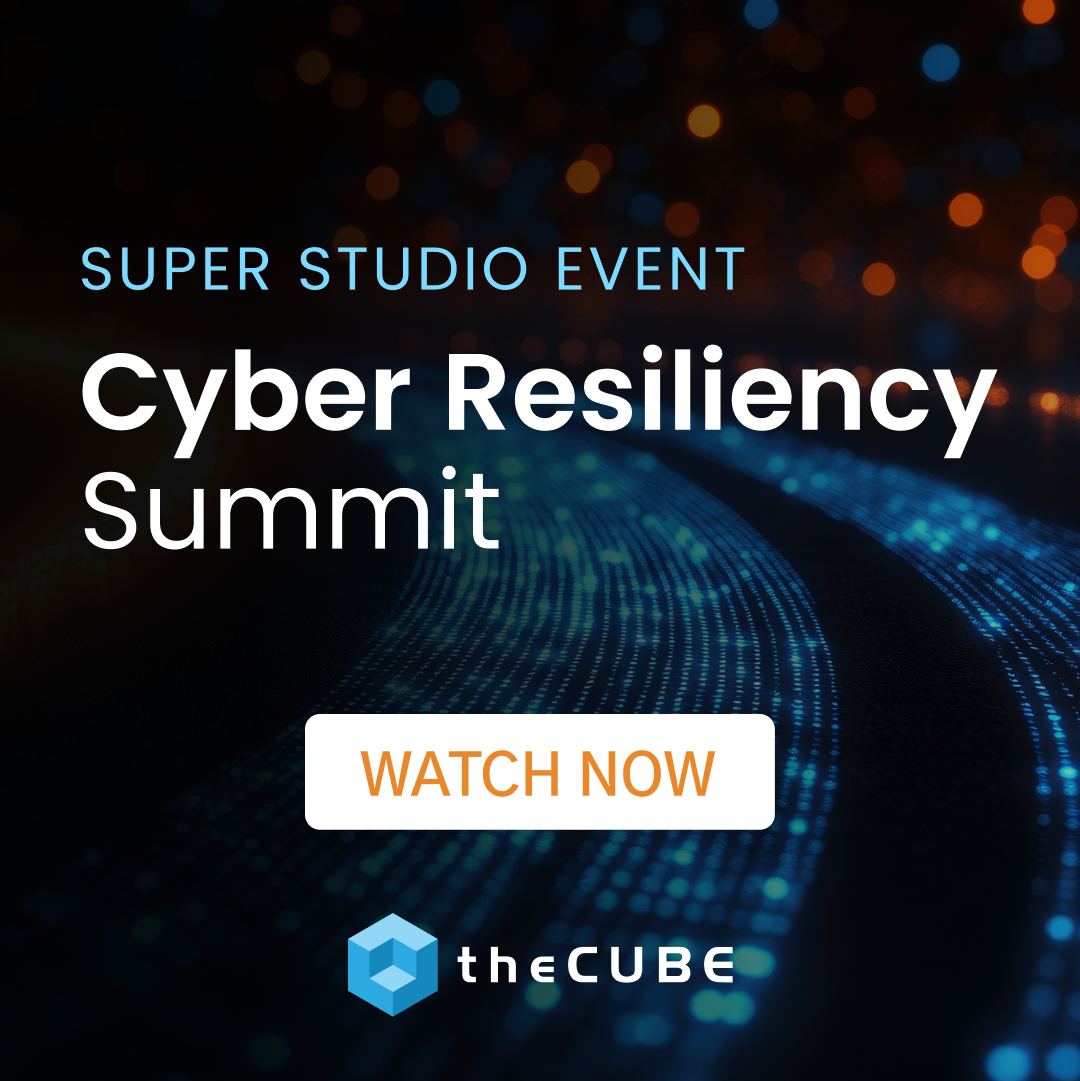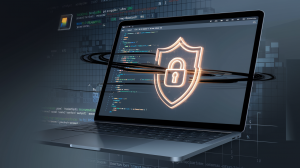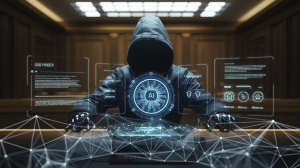Fighting crime just got smarter (aka geekier)
This week’s Smart City roundup features the latest smart trends in law enforcement outreach, and a smarter lighting solution for the workplace.
![]()
Fighting crime just got smarter
.
Tazewell, Virginia residents can feel a bit safer, now that local authorities have launched an app for easier communication between citizens and law enforcement officials.
The app is available for iOS and Android devices and has many features such as being able to see missing persons, people wanted by the authorities, real-time news regarding traffic, roadblocks, weather, and even an easier way to send anonymous tips.
The move to utilize an app stems from the office’s success in nabbing wanted criminals through tips from its Facebook page and it wants to expand their reach to more people.
“We’ve been real successful with what we’ve done on Facebook. We’ve captured a lot of people from tips on Facebook,” said Sheriff Brian Hieatt. “We want to expand that and jump to another part. They’re moving around and a lot of people don’t have the Internet, but they do have smart phones.”
To find the app in their respective app stores, see here for Android users, and here for iPhone users.
Smart lighting powered by the Ethernet
.
The advent of smart lightbulbs has been a catalyst for automation uptake in the home, and the excitement of smart lighting solutions are now shifting to the workplace.
Philips is among those developing smart lighting especially designed for offices, utilizing Power-over-Ethernet to connect office lighting fixtures to a building’s IT network. By using PoE, not only will lighting fixtures be connected to the Internet and gain power via the same connection, it will also serve as an information pathway to other connected systems in the building, managed by a central control unit such as a mobile device.
Fitting lighting fixtures with sensors will allow the system to capture data such as room occupancy, temperature and humidity, and relay that information to other building systems such as heating, ventilation and IT services, which can perform automatic actions based on the data gathered. Light can be turned off when the system detects that no one is using it, or temperature can be adjusted based on the reading to ensure comfortability of occupants.
“The LED lighting alone is 80 percent more efficient than conventional lighting. Personal control of the lighting by employees actually increases efficiency as general lighting levels can be kept lower,” said Jeff Cassis from Philips Lighting. “The potential savings on a building’s operational costs will be significant, given that heating, cooling and lighting together account for 70 percent of a building’s energy usage.”
Facility managers and office executives alike will greatly benefit from this system, as it will show real time and historical views of how a building utilizes its resources.
At present, ‘The Edge’, a next-gen office building being developed by OVG Real Estate for Deloitte in Amsterdam, is the first to use this type of connected lighting system.
photo credit: daoro via photopin cc
A message from John Furrier, co-founder of SiliconANGLE:
Your vote of support is important to us and it helps us keep the content FREE.
One click below supports our mission to provide free, deep, and relevant content.
Join our community on YouTube
Join the community that includes more than 15,000 #CubeAlumni experts, including Amazon.com CEO Andy Jassy, Dell Technologies founder and CEO Michael Dell, Intel CEO Pat Gelsinger, and many more luminaries and experts.
THANK YOU









